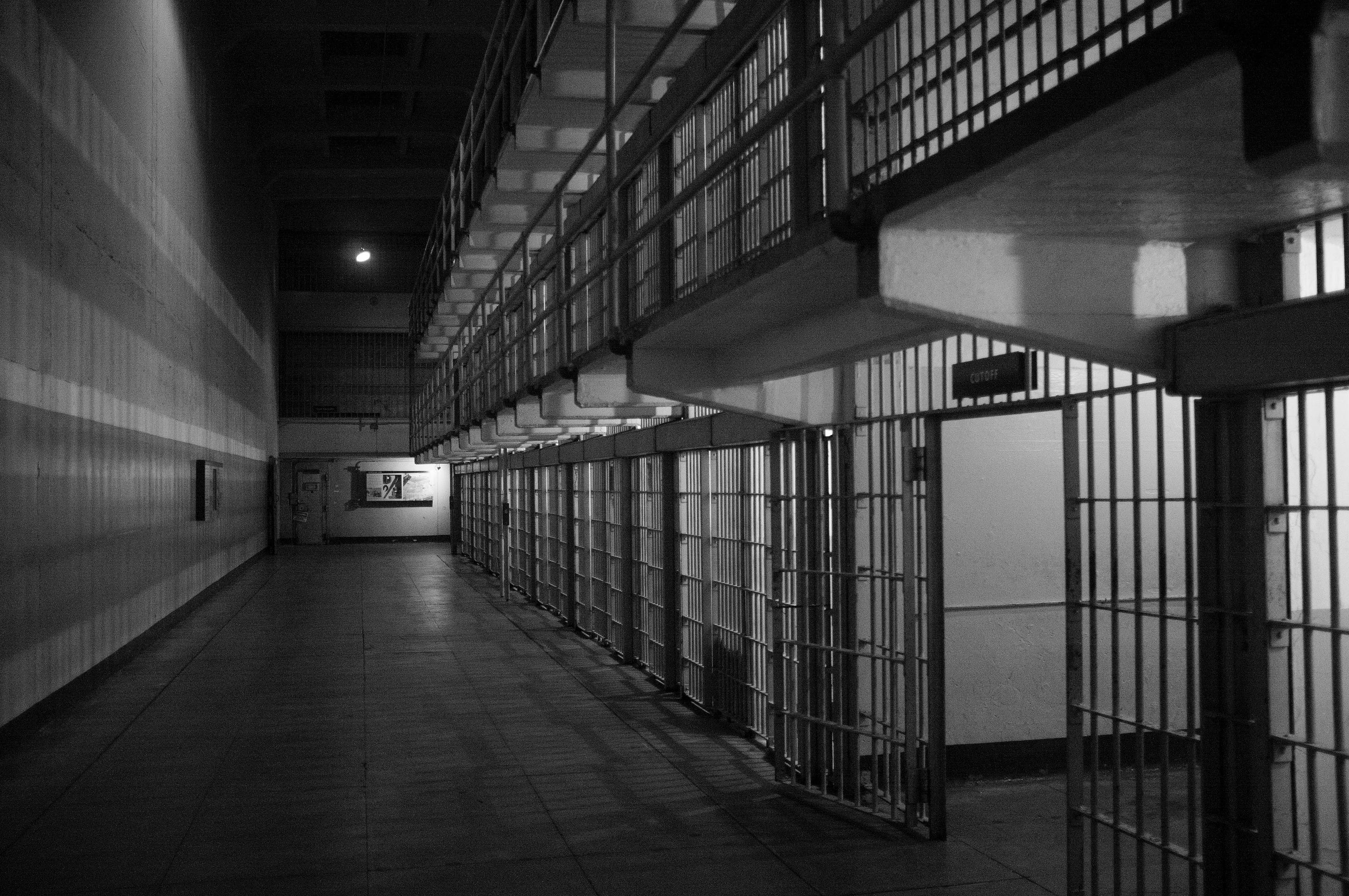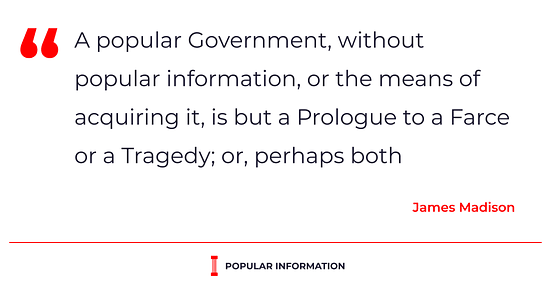Across the country, places where large groups of people congregate have been shut down. Schools, arenas, restaurants, movie theaters are all closed. Without these closures, social distancing, one of the few tools available to slow the spread of the coronavirus, would be impossible.
But prisons and jails, where hundreds or thousands of people must be in close proximity, are open for business. As a result, corrections facilities have become a major contributor to the spread of COVID-19.
Testing in prisons is spotty at best. But "officials completed testing of the entire prison population at Marion Correctional" in Ohio. The testing revealed that "at least 1,950 inmates — or 78% of the prison population — and at least 154 staff members have COVID-19." Marion Correctional now represents "the largest cluster of coronavirus cases in the country."
In New York City, at least 1200 inmates and prison staff have tested positive for COVID-19, resulting in at least ten deaths. At Rikers Island, the city's largest facility, the "outbreak has stretched staffing and added a frightening new element of uncertainty to the already dangerous job of guarding inmates." Inside Rikers, "inmates are in close physical proximity and may be held in small, confined spaces," including "dorms [that] hold 50 people, sleeping in beds bolted to the floor, less than 6 feet apart." Hand sanitizer is "contraband due to its high alcohol content."
At Cook County jail in Chicago, 400 inmates and 225 staff have tested positive. Six inmates and one staff member have died. There are 420,000 people who work in jails and prisons in the United States.
This isn't just a problem for people living or working in prisons and jails. The "average time an individual spends in jail is 25 days." This means thousands of people are cycling into jail and then back into the community. Many people are held for a few hours, then released if they are able to round up enough cash to post bail.
The problem is amplified by the nation's extremely high rate of incarceration. The United States has "4 percent of the world’s population but 21 percent of the world’s incarcerated population." The country can save lives by reducing the number of people behind bars.
 |
The racial gap
African-Americans are "are being infected and dying at higher rates" from the pandemic. In Washington, DC, for example, African-Americans represent 47% of the population but 80% of the deaths from COVID-19. The full scope of disparity is unknown because many states are not keeping track of racial data.
There are a variety of factors contributing to the disparity, including "low levels of access to medical care and higher rates of asthma."
But prisons and jails are also contributing to the high death toll. African-Americans "are overrepresented in jails and prisons due to long-entrenched racial bias in the criminal legal system." That means African-Americans are disproportionately more likely to end up in jail and then recirculate within their family and community. Moreover, "most correctional staff are also people of color."
How to save 100,000 lives
Just how many Americans will die as a result of COVID-19 spreading rapidly among a large incarcerated population? A new epidemiological model published by the ACLU found "that as many as 200,000 people could die from COVID-19 — double the government estimate — if we continue to ignore incarcerated people in our public health response." Current models used by governments do not fully account for the impact that jails have in undermining social distancing regulations.
To reduce the death toll, the ACLU recommends police officers "not make any
custodial arrests unless necessary to prevent an imminent and serious risk of bodily harm to another person, and instead issue summons for serious offenses and give verbal warnings or written citations for all other low-level offenses." But, according to the model, even reducing "arrests by 50 percent" would "save 12,000 lives in jails, and 47,000 lives in the surrounding communities."
Forgoing arrests "for anything but the five percent of crimes defined as most serious by the FBI including murder, rape, and aggravated assault" and doubling "the rate of release for those already detained" would "save 23,000 lives in jails, and 76,000 lives in communities." Accomplishing that would involve judges ordering "pretrial release without conditions in all cases where there is no risk of imminent serious physical harm to another person," and the "release of anyone currently incarcerated not meeting those conditions."
Ahead of the curve
Most states have not taken significant action to reduce their prison populations. But there are exceptions.
In Los Angeles County, "the Sheriff’s Department has reduced the jail population by about 25% to roughly 12,800 inmates." Officials say the reduction has given them "the ability to isolate and quarantine hundreds of inmates at a time and move them within the system without exposing them to the virus."
In Kentucky, "prosecutors, public defenders and judges have reduced the number of county inmates in jails by 28%." Defendants "charged with violent crimes and domestic violence are ineligible for release."
The most aggressive action has been taken in Colorado, where the "total population of the 15 largest county jails in Colorado dropped to 7,708...31% less than the combined average daily population...reported in January." The drop is "the result of efforts by law enforcement, judges, prosecutors and defense attorneys in some jurisdictions to keep as many people as possible out of the jails." They were following guidance issued by Governor Jared Polis (D).
There were a variety of actions taken to lower the number of people incarcerated. Some jails placed ankle monitors on inmates and placed them in home detention. Police officers issued court summons instead of arresting suspects. Some inmates with less than 50% of their sentence remaining were simply released. Bonds were lowered so that suspects could leave jail without paying any money.
According to the ACLU model, these actions may have saved 1100 lives within jails and in the larger community.
There are no advertisers or wealthy donors behind Popular Information. This publication exists because of readers like you. Support independent accountability journalism with a paid subscription.
Thanks for reading!


